Identifying preferential investment areas according to the 2-level local government model
Article 21 of Decree No. 31/2021/ND-CP stipulates the principles for determining preferential investment areas in cases where new administrative units are established under Resolutions of the National Assembly Standing Committee or the Government on adjusting administrative boundaries (dividing, separating, upgrading old administrative units currently in preferential investment areas) due to the arrangement and adjustment of boundaries of commune-level administrative units in areas with different socio -economic conditions.
However, this provision is applied to district-level administrative units and is not really consistent with the policy of arranging administrative units and organizing two-level local governments. Therefore, Decree 239/2025/ND-CP has amended and supplemented the provisions in Article 21 of Decree No. 31/2021/ND-CP to stipulate the principles for determining preferential investment areas for commune-level administrative units established on the basis of arranging two-level administrative units and organizing local governments.
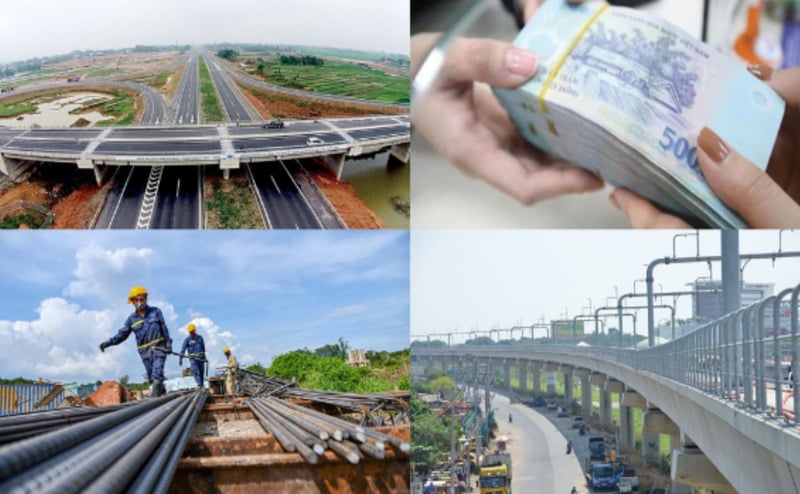 |
| Decree 239/2025/ND-CP defines preferential investment areas for commune-level administrative units. |
According to new regulations in Decree 239/2025/ND-CP, the determination of preferential investment areas for commune-level administrative units established on the basis of the arrangement of administrative units and the organization of two-level local governments is carried out as follows:
1- Commune-level administrative units under district level are areas with especially difficult socio-economic conditions. Before implementing the arrangement of administrative units and organizing two-level local government, they are identified as areas with especially difficult socio-economic conditions.
2- Commune-level administrative units under district level are areas with difficult socio-economic conditions. Before implementing the arrangement of administrative units and organizing two-level local government, they are identified as areas with difficult socio-economic conditions.
3- A newly established commune-level administrative unit from many commune-level administrative units in areas with different socio-economic conditions before implementing the arrangement of administrative units and organizing two-level local government shall be determined as follows:
a) Newly established commune-level administrative units are identified as investment incentive areas based on the majority of the number of commune-level administrative units currently enjoying them;
b) In case the number of commune-level administrative units in areas with especially difficult socio-economic conditions and areas with difficult socio-economic conditions is equal, the newly established commune-level administrative unit is determined to be an area with especially difficult socio-economic conditions;
c) In case the number of commune-level administrative units in areas with difficult socio-economic conditions and areas not in investment incentive areas is equal, the newly established commune-level administrative unit is determined to be an area with difficult socio-economic conditions;
d) In case the number of commune-level administrative units in areas with especially difficult socio-economic conditions and areas not in investment incentive areas is equal, the newly established administrative unit is determined to be in areas with especially difficult socio-economic conditions.
4- New commune-level administrative units established under the Resolution of the National Assembly Standing Committee on the basis of dividing, separating, or upgrading old administrative units in investment incentive areas or by rearranging and adjusting the boundaries of commune-level administrative units in areas with different socio-economic conditions shall determine investment incentive areas according to the provisions of Clause 3 above.
5- The People's Committee at the provincial level determines and announces preferential investment areas and special preferential investment areas at the commune level and sends information to the Ministry of Finance for monitoring and synthesis.
Amending regulations on investment, construction and business of infrastructure of industrial parks, export processing zones, high-tech parks and economic zones
Decree 239/2025/ND-CP also amends and supplements Article 61 of Decree No. 31/2021/ND-CP on investment in construction and business of infrastructure of industrial parks, export processing zones, high-tech parks and economic zones as follows:
Investment activities in construction and business of infrastructure of industrial parks, export processing zones, and concentrated digital technology zones must comply with the construction planning of industrial parks, export processing zones, and concentrated digital technology zones approved by competent authorities.
For localities with difficult socio-economic conditions, based on specific local conditions, the Provincial People's Committee shall submit to the Prime Minister a decision to establish or assign a revenue-generating public service unit to be the investor in the project to invest in construction and business of infrastructure of industrial parks, export processing zones, and concentrated digital technology parks.
Investors implementing investment projects in construction and business of infrastructure of industrial parks, export processing zones, high-tech zones, concentrated digital technology zones and functional areas in economic zones are allowed to carry out the following activities:
- Construction of factories, offices, warehouses for sale or lease;
- Determining land rental prices, sub-rental prices of land with built technical infrastructure; infrastructure usage fees; rental prices, selling prices of factories, offices, warehouses and other service fees according to the provisions of law and registering with the Management Board of industrial parks, export processing zones, high-tech zones, concentrated digital technology zones, economic zones on price frameworks and infrastructure usage fees. Registration of price frameworks and infrastructure usage fees is carried out periodically every 6 months or in case of any adjustment compared to the registered price framework and infrastructure usage fees;
- Collect infrastructure usage fees;
- Transferring land use rights, leasing land and subleasing land with built technical infrastructure in industrial parks, export processing zones, high-tech zones, concentrated digital technology zones and functional areas in economic zones to other investors according to the provisions of the law on land and the law on real estate business;
- Other activities as prescribed by the Investment Law, this Decree, Government regulations on industrial parks, export processing zones, high-tech zones, concentrated digital technology zones, economic zones and relevant laws.
Eliminate the regulation that investment projects cannot extend their operating period when the age of machinery exceeds 10 years.
Regarding the term of operation of investment projects, according to the provisions of Point b, Clause 10, Article 27 of Decree No. 31/2021/ND-CP, investment projects using outdated technology, posing a potential risk of environmental pollution, and resource-intensive are not allowed to adjust or extend the term of operation according to the provisions of Point a, Clause 4, Article 44 of the Investment Law, including: "Projects using machinery and equipment for production with commodity codes (HS codes) in Chapters 84 and 85 of the List of Vietnamese export and import goods with an age exceeding 10 years or when operating do not meet the provisions of the National Technical Regulations on safety, energy saving, and environmental protection. In case there are no national technical regulations on safety, energy saving, and environmental protection related to the machinery and equipment of the project, technical indicators according to Vietnam's national standards or national standards of one of the G7 countries, Korea shall apply. on safety, energy saving, environmental protection.
The Ministry of Science and Technology provides guidance on identifying machinery and equipment in a number of fields that are over 10 years old but are not outdated technology, pose a potential risk of environmental pollution, or are resource-intensive.
Management practice shows that in each investment project, there are many different machines and equipment (in terms of quantity, type, and purpose of use) and they can be changed, improved, and upgraded throughout the project's operation; not all machines and equipment over 10 years old are of outdated technology, potentially causing environmental pollution and resource-intensive. At the same time, requiring consideration of each machine and equipment under Chapter 84 and 85 in the entire project when the project is about to expire will be very difficult for relevant agencies to implement, and at the same time, it will be costly for businesses to have to appraise each machine and equipment.
On the other hand, up to now there has been no guidance on determining machinery and equipment in some fields that are over 10 years old but are not of outdated technology, have potential risks of causing environmental pollution, and are resource-intensive; leading to no basis for evaluating machinery and equipment during the process of implementing procedures to extend the operating period of investment projects.
To overcome the above shortcomings, Decree 239/2025/ND-CP amends and supplements Point b, Clause 10, Article 27 of Decree No. 31/2021/ND-CP in the direction of removing regulations on machinery and equipment with an age exceeding 10 years and implementing management according to the provisions of National Technical Regulations on safety, energy saving, environmental protection or capacity and efficiency of machinery and equipment as follows:
"Projects using machinery and equipment not arranged in a technological line for production with commodity codes (HS codes) in Chapters 84 and 85 of the List of Vietnamese export and import goods when operating do not meet the provisions of the National Technical Regulations on safety, energy saving, environmental protection or the capacity and efficiency of machinery and equipment are below 85% compared to the designed capacity and efficiency; or the consumption of raw materials, materials and energy exceeds 15% compared to the design. In case there are no national technical regulations on safety, energy saving, environmental protection related to the machinery and equipment of the project, technical indicators according to the national standards of Vietnam or the national standards of one of the G7 countries, Korea on safety, energy saving, environmental protection shall apply".
Source: https://baodautu.vn/chinh-phu-ban-hanh-nghi-dinh-sua-doi-bo-sung-mot-so-quy-dinh-ve-dau-tu-d379127.html


![[Photo] General Secretary To Lam attends the 8th Congress of the Central Public Security Party Committee](https://vphoto.vietnam.vn/thumb/1200x675/vietnam/resource/IMAGE/2025/10/4/79fadf490f674dc483794f2d955f6045)


![[Photo] Bustling Mid-Autumn Festival at the Museum of Ethnology](https://vphoto.vietnam.vn/thumb/1200x675/vietnam/resource/IMAGE/2025/10/4/da8d5927734d4ca58e3eced14bc435a3)

![[Photo] Solemn opening of the 8th Congress of the Central Public Security Party Committee, term 2025-2030](https://vphoto.vietnam.vn/thumb/1200x675/vietnam/resource/IMAGE/2025/10/4/f3b00fb779f44979809441a4dac5c7df)
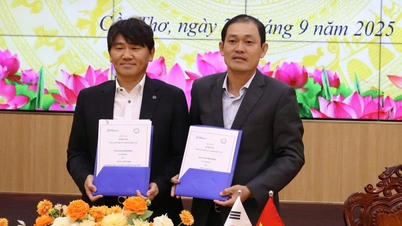



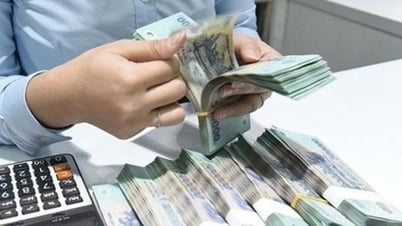

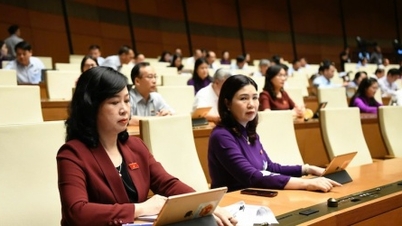
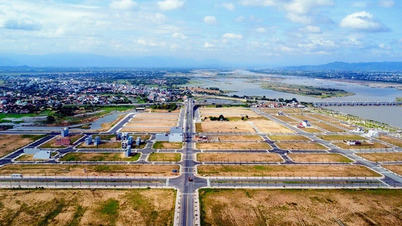

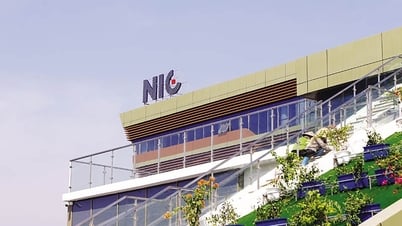

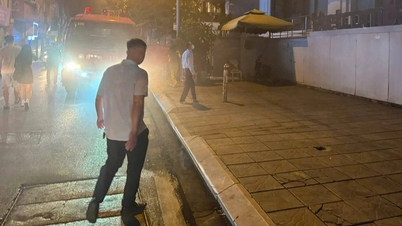

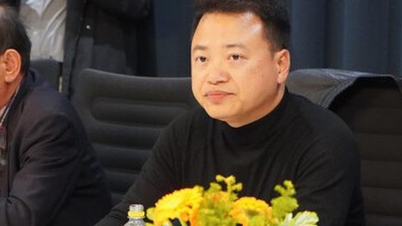

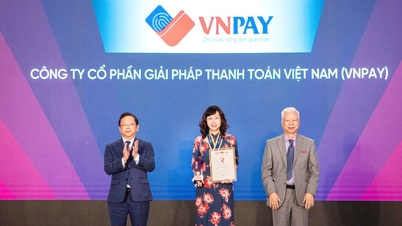
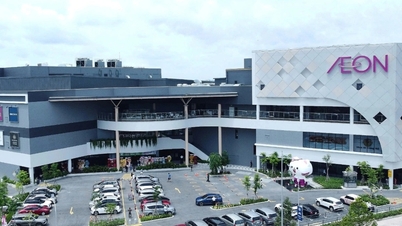

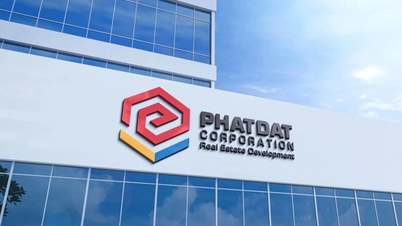






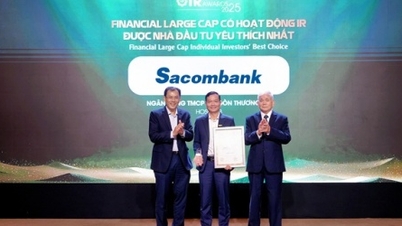





























![[VIDEO] Summary of Petrovietnam's 50th Anniversary Ceremony](https://vphoto.vietnam.vn/thumb/402x226/vietnam/resource/IMAGE/2025/10/4/abe133bdb8114793a16d4fe3e5bd0f12)

![[VIDEO] GENERAL SECRETARY TO LAM AWARDS PETROVIETNAM 8 GOLDEN WORDS: "PIONEER - EXCELLENT - SUSTAINABLE - GLOBAL"](https://vphoto.vietnam.vn/thumb/402x226/vietnam/resource/IMAGE/2025/7/23/c2fdb48863e846cfa9fb8e6ea9cf44e7)















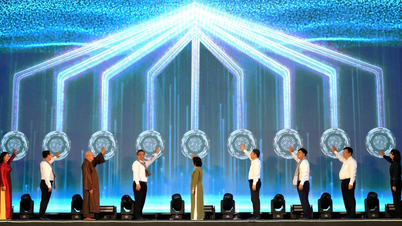
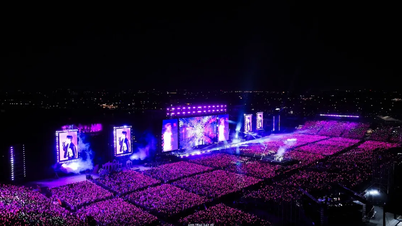
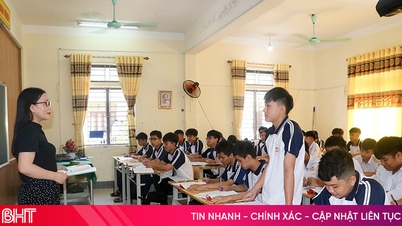


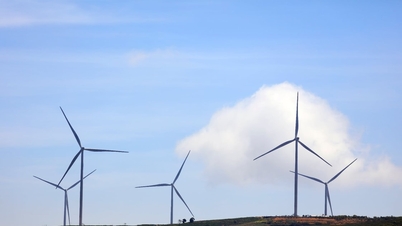

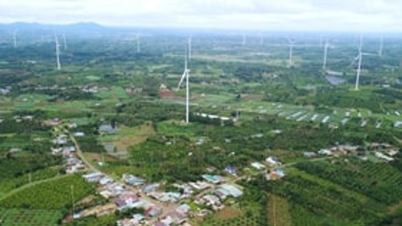








Comment (0)